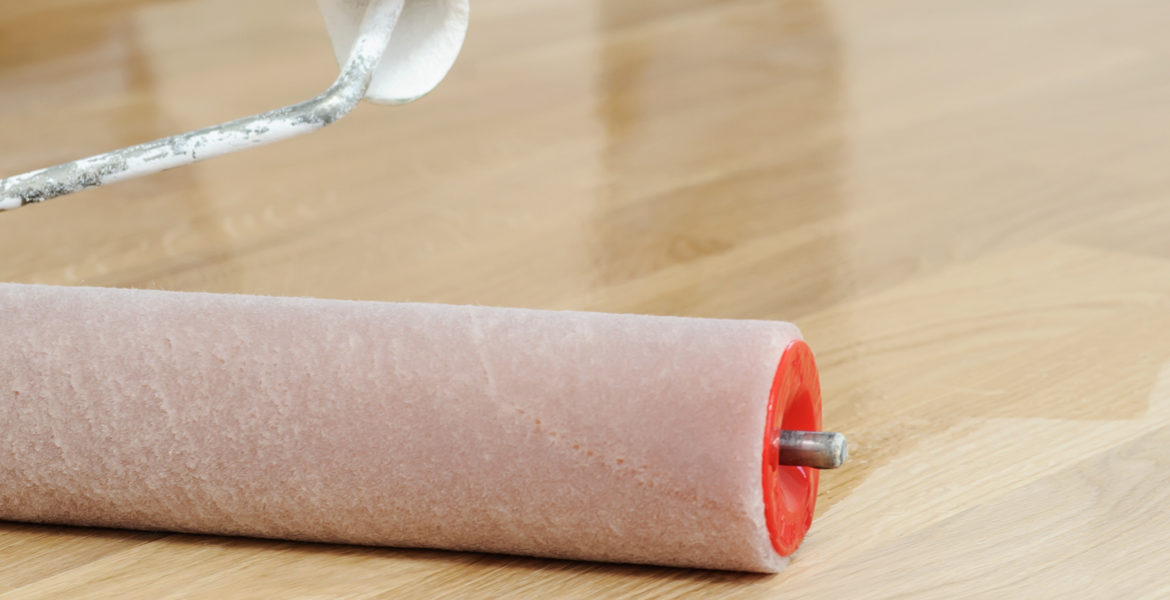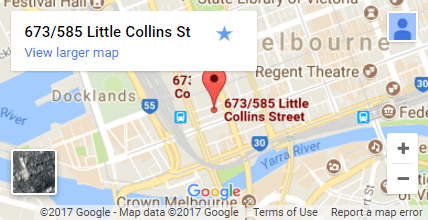Timber floors are the ultimate dream of homeowners who have an eye for aesthetics. But when it comes to certain aspects like spills, decolouration, scratches, and so on, it can freak the homeowners out. The ultimate and only solution is Floor sanding & polishing Melbourne.
When it comes to stains, before jumping right to conclusions that the floor is discoloured, there is no option left other than getting it sanded and redefined. Here is what you need to know about discolouration to take an effective step towards dealing with the discolouration rather than overdoing the floor sanding without any valid reason.
Read further to know what are the different discolouration and their reason.
Moisture Stains
When timber or the finish is exposed to moisture; it can change colour. We’ve all once dealt with wood floor moisture problems. Moisture-induced rust stains, stains from plant pots, pet excreta and urine, mould, decay, and a variety of other stains are among them.
The stain would be classified as a “moisture stain” if it was caused by moisture.
Iron Stains
A chemical reaction between wood tannins, water, and iron can result in iron stains. These stains are most common when scraper filings or certain types of abrasive minerals have not been cleaned sufficiently from the floor surface prior to applying a water-based finish.
Chemical Stains
Chemical stains, as the name suggests, are caused by chemical reactions like the oxidation of naturally occurring compounds in the hardwood’s wood cells. This is especially true for species that have a high sapwood content. The discolouration is found in a variety of colours, including pinkish-brown, blue, yellow, and grey tones.

Wood Discoloration
The hue of the wood varies with time; it darkens or lightens gradually. Wood changes colour as a result of oxidation and photochemical exposure, which is unavoidable as these are natural phenomena.
Picture Framing
Picture framing or halo occurs when the boundaries of a room appear slightly different colours than the rest of the room. Improper sanding is usually always to blame for this one majority of the time.
Fungal Stain
Microscopic parasite organisms that require water, warmth, and oxygen to thrive are the reason for this discolouration. Fungi eat sugar from the sapwood of logs with high moisture content. The colour of the discolouration varies depending on the infecting organism, wood species, and moisture level, but most frequently, it would be a blue stain.
Mineral Stain
Mineral stains are seen in living trees and are not to be confused with fungal or chemical stains found in cut logs or timber. Mineral stains are usually caused by tree damage or biological attack. The oak mineral discolouration is dark-brown streaks, maple discolouration is green or brown, and poplar discolouration is purple to dark red.
Mineral stains have no effect on the strength of the wood.
This would help you realise that not all the discolouration are bad and are produced due to human reasons. and Floor sanding & polishing Melbourne is the only way to get rid of them.


